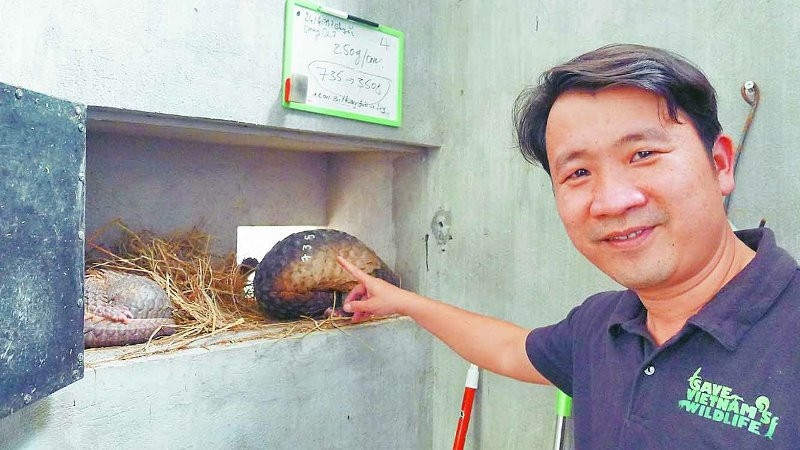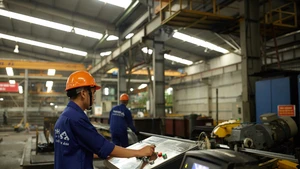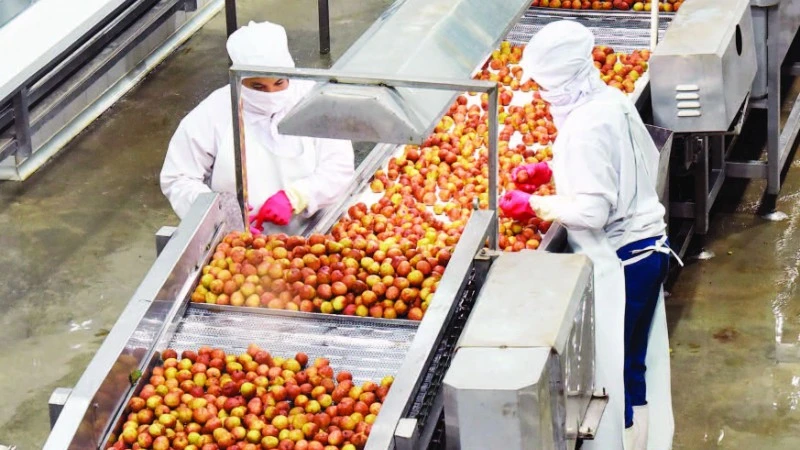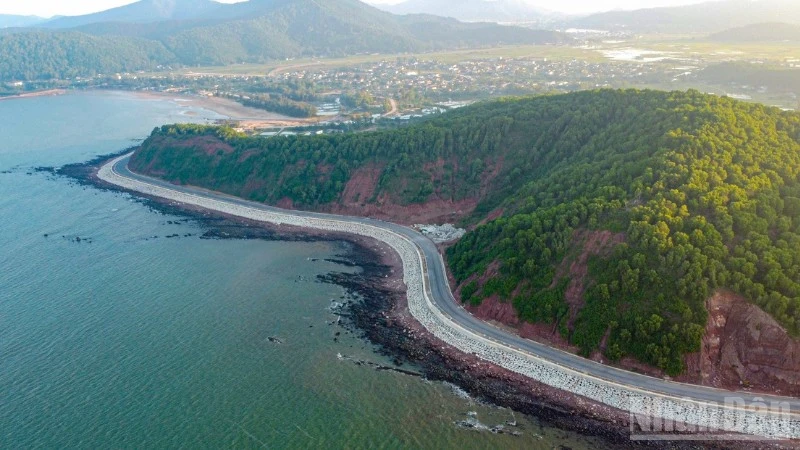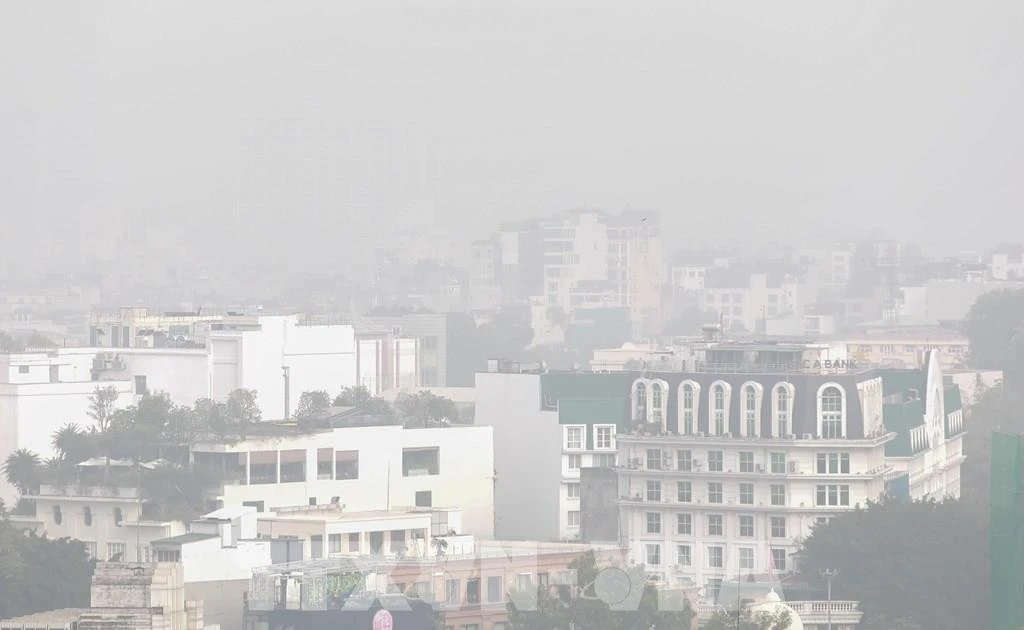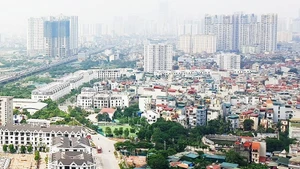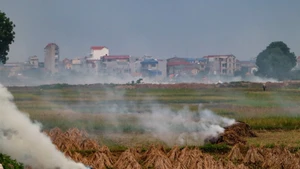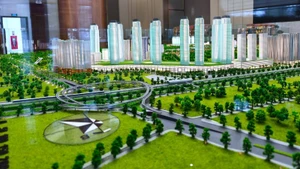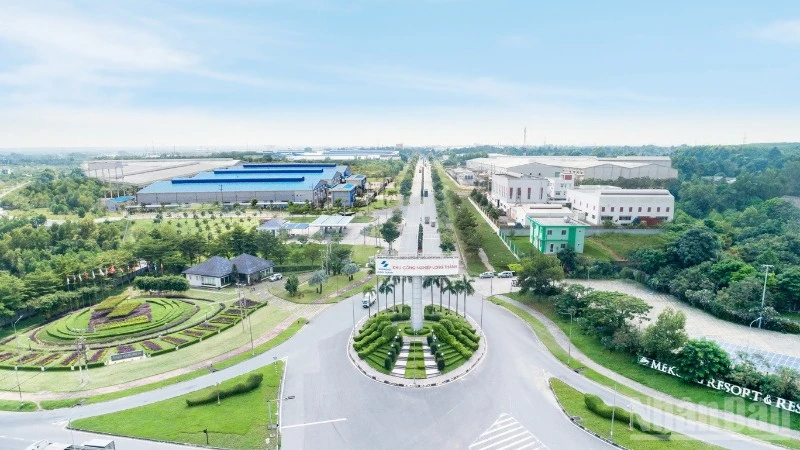The two macaques, one a stump-tailed macaque (Macaca arctoides) and the other a northern pig-tailed macaque (Macaca leonine), were rescued from hunters by Lam’s friend, Vu Duc Hieu, who is director of Muong Cultural Space Museum.
Knowing about the existence of the EPRC, which is under the management of the Cuc Phuong National Park, Lam and Hieu decided to take a ride to the centre in the hope of finding a new shelter for the two macaques and helping them to reintegrate into the wild.
The two men reached the EPRC at noon when officers there were taking a break from work. A security guard welcomed them and shared the worrying bit of information that the centre only received langurs, gibbons and llamas, which are three families of primate classified as endangered and in need of protection under Decree No. 160/2013. He also told that popular macaques like the two brought by Lam and Hieu my be brought to Soc Son District in Hanoi.
While Lam and Hieu were worried about the news, Le Trong Dat, an officer from the Science Research and International Cooperation Office under the Cuc Phuong National Park came back to work after his lunch break. When he was informed about the situation, he said that macaques are among the animals being fed at the park, so he agreed to rescue them.
He also shared that after his 23 years of work at Cuc Phuong National Park as an animal expert, he has witnessed many diffident kinds of behaviours towards wild animals. Thus, he thanked the two men for bringing the two monkeys to the centre, despite distance.
During their stay in Cuc Phuong, Lam and Hieu visited the Centre for Rescue, Conservation and Biological Development, which has run many programmes to conserve plants and wild animals. Regarding wildlife protection, the centre incorporates the EPRC, Turtle Conservation Centre and Carnivore and Pangolin Conservation Programme.
The EPRC was established in 1991 by Tilo Nadler, a German expert from the Frankfurt Zoological Society. Nadler went to Vietnam to search for Delacour’s langur, a signature species of Cuc Phuong National Park, which is believed to be extinct globally, when he saw an image of the species featured on an ancient Vietnamese stamp.
The centre is now home to 160 individuals of 15 species and sub-species of langurs, gibbons and llamas, many of them considered to be on the verge of extinction. Nine species have been successfully bred in captivity at the centre. In addition to its rescue duties, the centre has also led important events for releasing captive animals back into the wild.
Meanwhile, the Turtle Conservation Centre, which was established in 1993, welcomes visitors with a plate saying “Protecting Today So That We Can See Tomorrow.” This is the slogan of the Asian Turtle Program (ATP), which has provided funding for the centre. To date, the centre has rescued more than 900 individuals of 22 species of tortoise and freshwater turtles in Vietnam, including many endangered species in urgent need of protection.
The Carnivore and Pangolin Conservation Program (CPCP) is operated and managed through a collaborative partnership between Cuc Phuong National Park and Save Vietnam’s Wildlife. CPCP Director Tran Quang Phuong said that the centre is scheduled to release back into the wild 97 captive pangolins, which were among 113 rescued by Hoa Binh Province’s policemen from a smuggling in April. After four weeks receiving treatment at Cuc Phuong National Park, 16 of them died of gastrointestinal diseases due to ingested stones accumulated in their stomachs by smugglers to overweight these animals, while the remainder were recovered to be returned to nature.
During their visit, Lam and Hieu met a group of 30 preschool children who were on a tour to Cuc Phuong National Park. When asked whether they would recover if they ate their hair and nails while sick, the children quickly replied “No.” When the teacher went on to ask if pangolin’s large scales, which are made of the same protein that makes up hair and nails, could treat diseases, the children repeated the same answer.
When being asked about the place the captive pangolins would be released, Phuong seriously said that it was a secret in case smugglers found out about it and came to capture the pangolins again. After all, Phuong’s carefulness is for a purpose: Protecting Today So That We Can See Tomorrow.

A langur, which successfully bred in captivity at the Endangered Primate Rescue Centre, and her child.

A big-headed turtle, which is an endangered species, at the Turtle Conservation Centre
